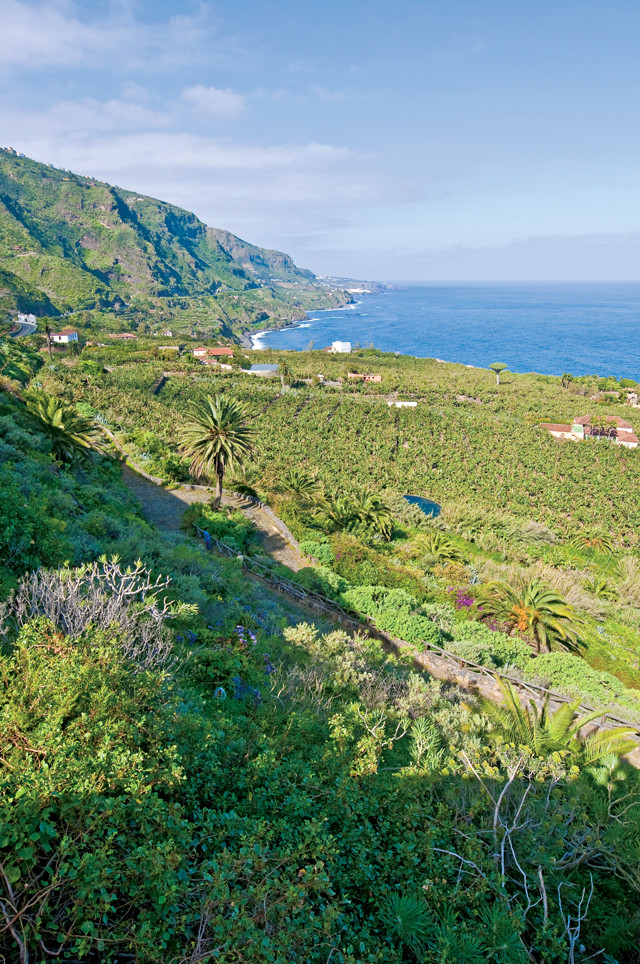
by Terri Cook Thursday, May 24, 2018

Credit: ©Shutterstock.com/Anibal Trejo
Like all volcanic islands, Tenerife represents a balance between constructional and erosional forces. Over millions of years, repeated eruptions of magma pile up, slowly building the shield volcanoes. Occasionally, however, this long-term construction is punctuated by destruction in the form of massive, lightning-fast landslides.
Geologists increasingly recognize the importance of large-scale landslides in the evolution of volcanic islands. Mapping in the 1990s revealed evidence of a large debris avalanche on the northern side of El Hierro with blocks of displaced material up to 1.2 kilometers across and 200 meters high. The event mobilized at least 150 cubic kilometers of material about 15,000 years ago. Turbidites from this collapse reached the Madeira abyssal plain, 600 kilometers west of the islands. Collectively, the stack of sediments deposited on this plain indicates there have been seven such mega-landslides in the western Canaries in the last 750,000 years. At least four slides — each one removing about 3 percent of the edifice — have taken place just on El Hierro in the last few hundred thousand years, and the seafloor off northern and eastern Tenerife is littered with debris.
In addition to devastating local consequences, such enormous landslides have the potential to trigger mega-tsunamis across the Atlantic. One of the primary candidates for future collapse and tsunami generation is Cumbre Vieja volcano on the island of La Palma. In 1949, part of the volcano’s western flank dropped 4 meters along a 3-kilometer-long set of faults that opened up along the volcano’s crest. Scientists are debating how large the seemingly impending collapse could be and how large a tsunami a worst-case collapse could generate. Such a tsunami’s destructive force would most likely be focused within the Canary archipelago and along the coasts of Morocco, Spain and Portugal, according to most geologists, though some research indicates tsunamis could reach the eastern coast of North America and the Caribbean. All that geologists can say conclusively is that such collapses are common in the geologic record, and they have the capacity to be enormously destructive locally. In fact, one astounding record of tsunami deposits was found 188 meters above current sea level on Gran Canaria, about 60 kilometers southeast of Tenerife.
© 2008-2021. All rights reserved. Any copying, redistribution or retransmission of any of the contents of this service without the expressed written permission of the American Geosciences Institute is expressly prohibited. Click here for all copyright requests.